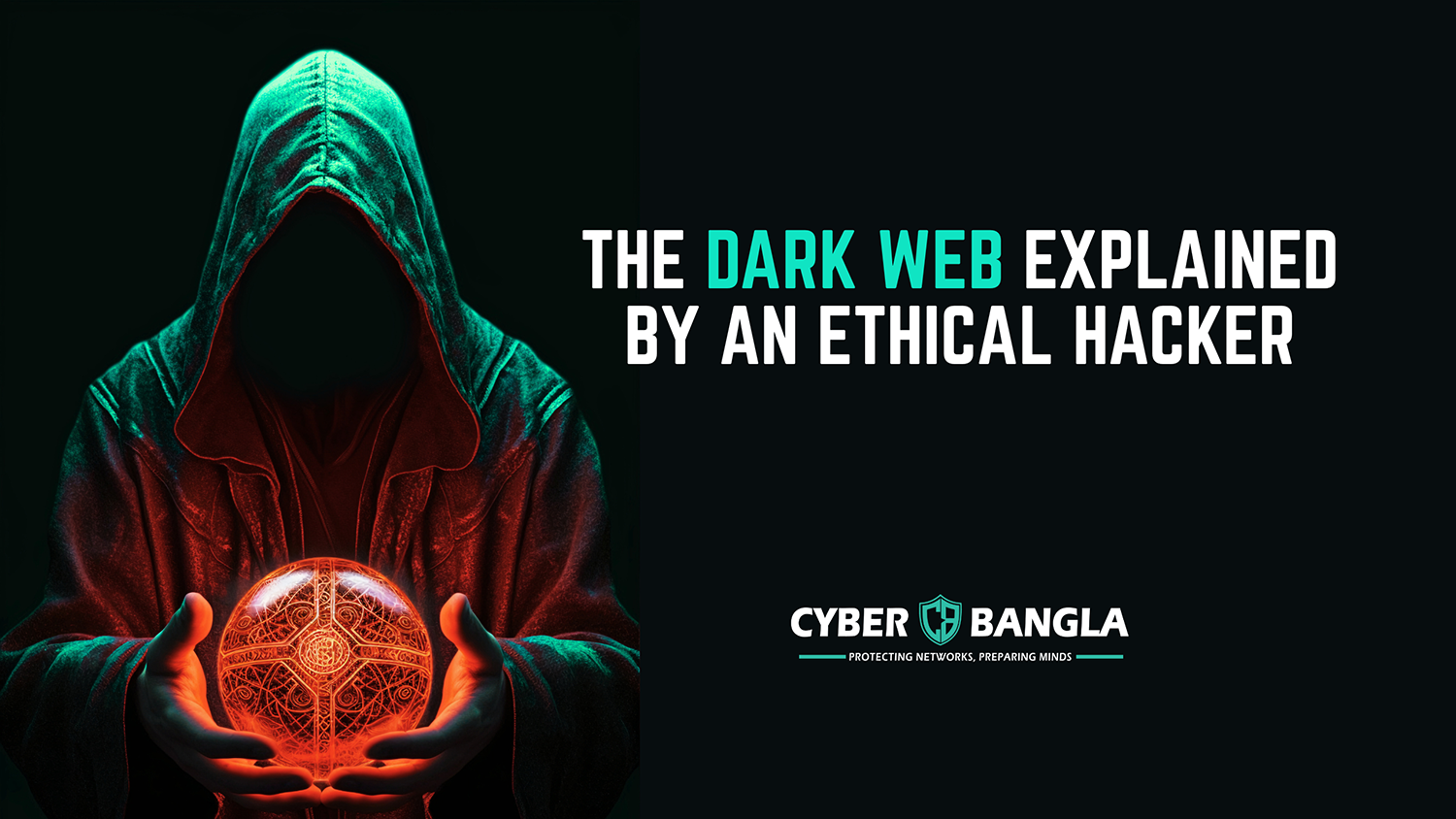On September 8, 2025 the open-source world witnessed one of its most serious supply-chain attacks to date. A trusted npm maintainer was tricked via phishing, which resulted in malicious code getting published to widespread JavaScript packages. Though the immediate damage was limited, the incident exposes structural vulnerabilities in how we build, share, and trust software. Here’s what happened, why it’s worrying—and what we can do to prevent similar breaches.
- Phishing & Social Engineering
The attack began with a deceptive email to the maintainer known as Qix (Josh Junon) from a domain [email protected], which looked like it was official npm support. The email urged a 2-factor authentication (2FA) reset.
- Account Compromise
The maintainer followed the instructions, which ultimately led to compromise of his npm account. With that access, attackers pushed malicious updates to 18 npm packages.
- Packages & Spread
These packages are very widely used — combined they get over 2–2.6 billion downloads weekly. Some affected names include debug, chalk, ansi-styles, strip-ansi, color-convert, and others.
- Malicious Payload
The injected code was a crypto-stealer / wallet hijacker: it hooks into browsers, intercepts transaction APIs (Ethereum, Solana, etc.), fetch/XHR, and replaces valid destination addresses with those controlled by the attacker.
- Detection & Mitigation
The malicious versions were live for only a few hours (some sources say ~2 hours, others ~6–9 for certain packages) before npm and security researchers removed them. The maintainer’s account was restored. The financial damage appears very limited so far—only small amounts (hundreds to low thousands of dollars) are reported stolen.
Affected Packages are:
[email protected] [email protected] [email protected] [email protected] [email protected] [email protected] [email protected] [email protected] [email protected] [email protected] [email protected] [email protected] [email protected] [email protected] [email protected] [email protected] [email protected] [email protected]
How the Malware Operates
-
Browser-level injection The trojanized packages run as client-side JavaScript, so the code executes inside users’ browsers (or any environment that bundles client code). This gives the attacker direct access to in-page scripts, DOM, and network hooks without needing a server compromise.
-
API hooking (fetch / XHR / wallet providers) The malware wraps or overrides fetch, XMLHttpRequest, DOM mutation observers and wallet provider objects (e.g., window.ethereum, Solana provider hooks), allowing it to inspect and alter requests/responses and wallet interactions in real time.
-
Multi-chain address recognition The payload contains pattern matchers for many address formats (Ethereum, Bitcoin, Solana, Tron, Litecoin, BCH, etc.). It normalizes and scans payloads, forms, and JSON/RPC calls so it can find wallet destinations across diverse protocols.
-
Lookalike/homoglyph substitution To reduce suspicion, replaced addresses are often visually similar (homoglyphs) or use subtle string manipulations so that quick human review or UI displays don’t obviously reveal the swap.
-
Pre-signature transaction modification Before a user signs a transaction, the malware tampers with the transaction parameters (recipient, amount, allowances/approvals). The wallet UI may still show expected values while the signed transaction actually encodes attacker-controlled destinations.
-
Conditional activation to avoid noise The code typically runs only when wallet-related DOM elements, known dApp patterns, or blockchain RPC calls are detected. This conditional logic reduces false positives and lowers the chance automated scanners will catch it.
-
Minimal persistence and small blast radius Instead of installing long-lived backdoors, the payload performs short, targeted actions and then ceases; this “hit-and-run” approach reduces obvious telemetry and limits forensic visibility.
-
Transitive propagation via dependency trees Because the compromise hit small utility libraries, the malicious code spread transitively into many bundles and projects that never directly imported the trojanized package, massively expanding potential reach.
-
Broader consequences beyond crypto theft The same techniques could be repurposed to manipulate sensitive data (forms, config values), inject malicious config into CI pipelines, or exfiltrate secrets from developer or cloud environments—showing that any compromised library is a general-purpose attack vector.
Precautions We (and You) Should Take
Here’s what this means for us and what actions are needed:
- Audit your projects dependencies – We need do a security audit if any of our projects used the affected packages or not.
- Update software quickly – Ensure all projects are updated to the safe versions released after the incident.
- Use stronger account protections – Encourage developers and admins to use hardware keys or strong two-factor authentication to prevent phishing.
- Monitor for unusual activity – Always keep an eye out for suspicious behavior in apps and services, especially anything related to financial transactions.
No immediate business disruption has been detected for us, but this event is a serious wake-up call for the industry.
The npm incident of September 2025 is a reminder: our software supply chains are only as strong as their weakest identity and permission link. Phishing remains one of the most viable and effective attack vectors, even versus people who know better. We need multiple layers of security, both proactively (prevention) and reactively (detection, response).
For anyone using JavaScript/npm ecosystems — especially in crypto, web3, or applications exposed to the internet — this should trigger a review: of dependencies, of credential hygiene, of monitoring, and of emergency preparedness.



